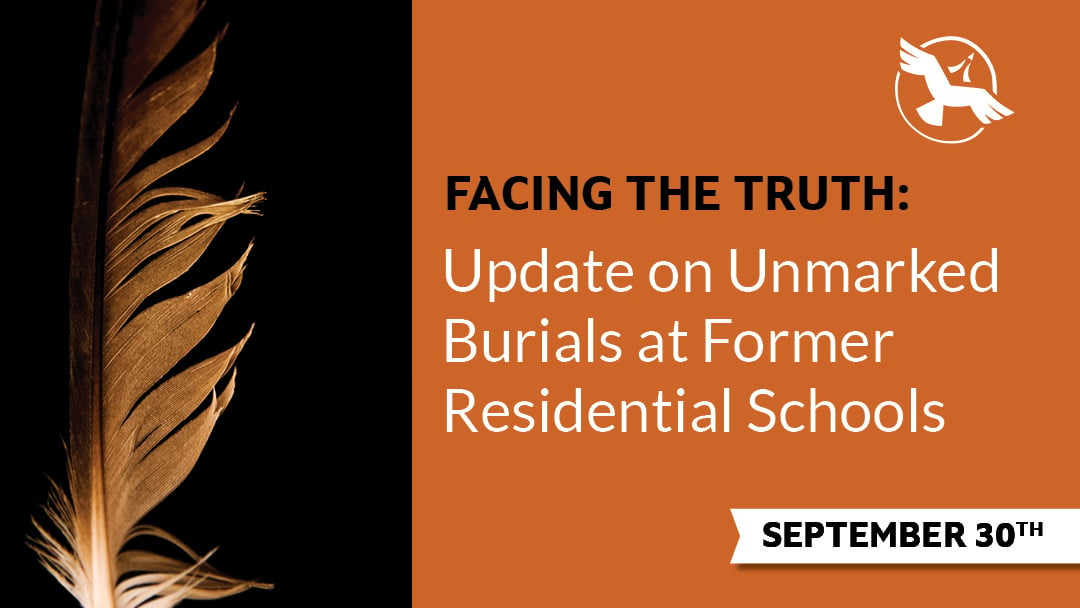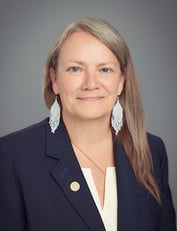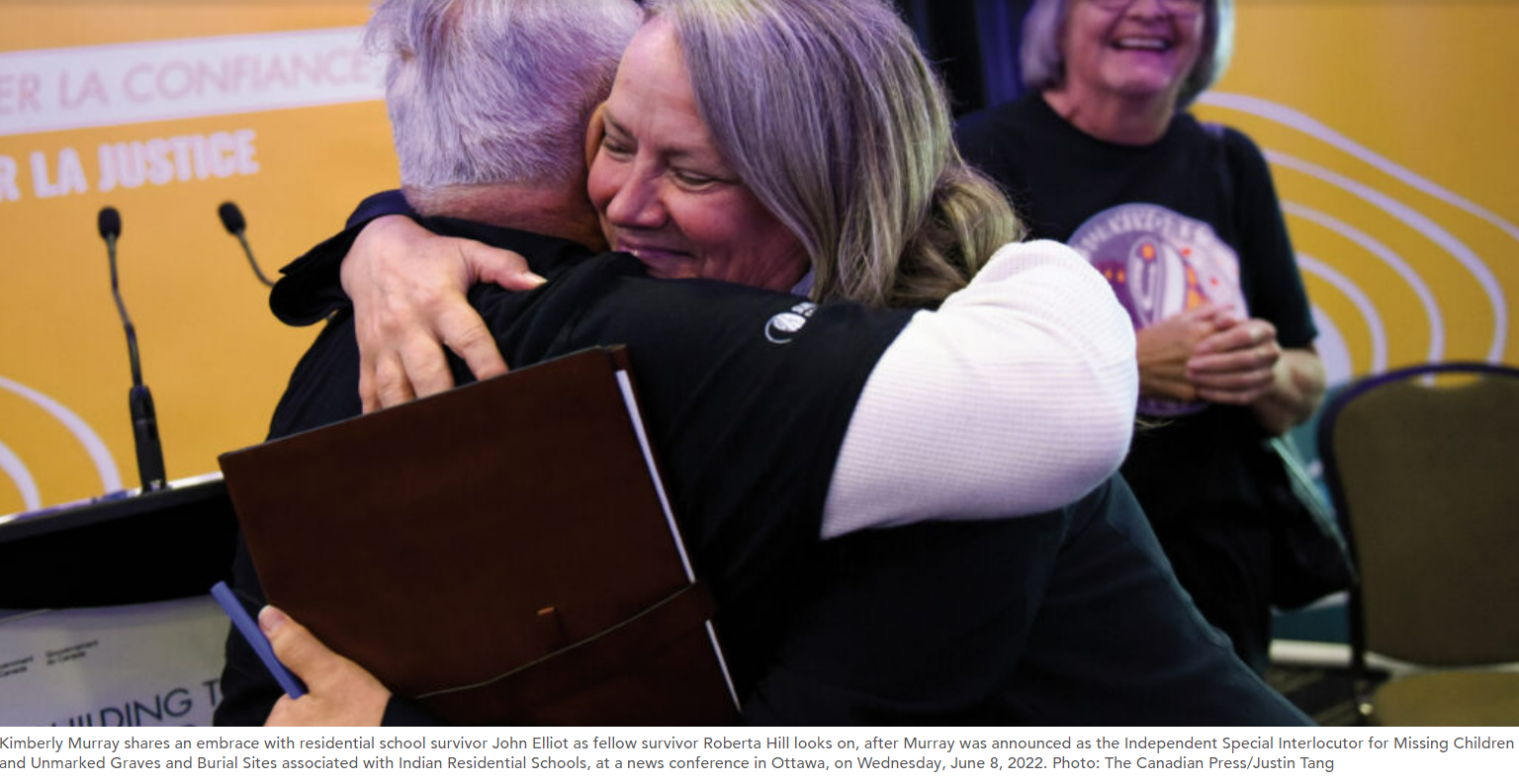
It's been almost a year and a half since the discovery of 215 unmarked graves at the former residential school in Kamloops rocked the nation and confirmed what Indigenous people have always known. As the second National Day for Truth and Reconciliation approaches, we continue our search for the truths that make reconciliation possible by exploring what has happened since the initial discovery, and to learn what is next on the path forward.
The number of children whose remains have been detected at these unmarked grave sites over the past 16 months varies from approximately 1,600 to 2,200, depending on the source, but many other former residential school sites have yet to be investigated. (nnsl.com)
Need for a National Strategy
When the Truth and Reconciliation Commission of Canada wrapped up its hearings and testimonies, it produced a six volume report. An entire volume was dedicated entirely to missing children and unmarked burials. Read more about the findings of that volume in this blog.
The commission had learned from thousands of survivors that many families were never notified that their loved one had died or where they were laid to rest. The commission concluded that there was a need for a national strategy for the documentation and protection of residential burial sites.
What has come of this conclusion and recommendation?
Independent Special Interlocutor for Missing Children and Unmarked Graves and Burial Sites Appointed in June

In June of this year, Kimberley Murray was appointed the Independent Special Interlocutor for Missing Children and Unmarked Graves and Burial Sites associated with Residential Schools. She brings deep experience to the role. From 2010 to 2015, Ms. Murray was the Executive Director of the Truth and Reconciliation Commission of Canada where she worked to ensure that Survivors of Canada’s residential school system were heard and remembered, and to promote reconciliation between Indigenous and non-Indigenous people.
In her current role, Ms. Murray will identify what measures are needed and will make recommendations for a new federal legal framework to ensure the respectful and culturally appropriate treatment of unmarked graves and burial sites of children associated with former residential schools. This will be done in close collaboration with First Nations, Inuit and Métis governments, representative organizations, communities, Survivors and families, other departments of the Government of Canada, provinces and territories, and other relevant institutions, such as church entities and record holders. Her mandate will be carried out over two years, until June 2024.
“My role is to protect the children and their burial grounds, so I’m advocating for the children. ... I’m not advocating for the government, I’m not advocating for our First Nation – I’m advocating for the children. So if I think there’s a burial and something needs to be done, then I will do whatever I can within my mandate to do.” - Kimberley Murray, Independent Special Interlocutor for Missing Children and Unmarked Graves and Burial Sites associated with Residential Schools
Inaugural National Gathering on Unmarked Graves: Supporting the Search and Recovery of Missing Children Held in Edmonton

The inaugural National Gathering on Unmarked Graves: Supporting the Search and Recovery of Missing Children was held in Edmonton in mid September. About 350 First Nation, Metis, and Inuit leaders, community members and survivors came together. Coroners, experts in ground penetrating radar and medical experts were also at the event, which was aimed at supporting communities in the search and recovery of missing children.
The meeting was the first of eight planned sessions to discuss topics such as Indigenous data sovereignty and Indigenous Law, and to share best practices for searching, protecting and preserving unmarked burial sites on former Indian residential school grounds and associated sites.
“The first national gathering on unmarked burials in Treaty 6 territory provided an opportunity for survivors, Indigenous families and communities to share knowledge about their efforts to search for and recover the missing children who were never returned home from Indian residential schools," observed Murray. "At the gathering, survivors and communities listened and shared with one another."
“I heard from survivors, families and communities about their deep commitment to continue this sacred work of searching for the truth about what happened to the missing children, to locate their burials, and determine how to honour, respect and bring dignity to their spirits and help them journey home to their ancestors,” says Murray.
For more information, listen to Kimberley Murray speaking in this Canadian Geographic podcast episode.

It is with deep respect and humility that we have shared this next part of the story. We at SVS are committed to continuing our learning journey so that true reconciliation and healing becomes possible for all who share this tragic history.
About Us: Shared Value Solutions
We are an Canadian B Corp, and we assist Indigenous communities with support throughout regulatory processes surrounding major development projects like mines, hydroelectric facilities, transmission lines, highway expansions, oil and gas pipelines, natural resource transport applications and nuclear power.
We have deep context and experience behind the recommendations we provide, having worked for our clients on almost every major project in Canada over the last 10 years. For us, it’s all about building long-term relationships with our clients. We want to get to know you and what you want to do so we can help you move your plans forward.
- Impact Benefit Agreement Negotiation Support
- Technical Reviews and Regulatory Process Support
- Community and Economic Development Planning
- Indigenous Knowledge and Land Use Studies
- Environmental Monitoring
- Guardians Program Development
- Climate Change Readiness
- GIS and Mapping
- And so much more: www.sharedvaluesolutions.com
